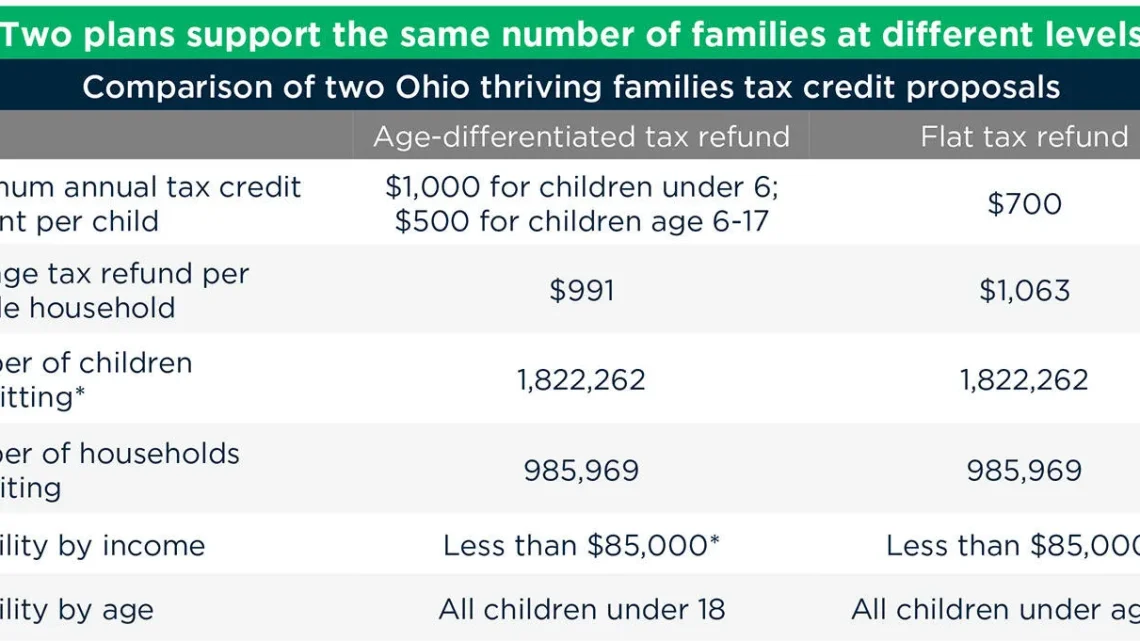
Financial Independence for Single Parents and Caregivers: A Roadmap to Stability
July 15, 2025Let’s be honest—juggling finances as a single parent or caregiver feels like spinning plates while walking a tightrope. Between childcare costs, medical bills, and the ever-rising cost of living, financial independence can seem like a distant dream. But here’s the deal: it’s not impossible. With the right strategies, you can build stability—even on a single income.
The Unique Challenges Single Parents and Caregivers Face
Single parents and caregivers often deal with financial hurdles that others don’t. Time is scarce. Expenses are relentless. And let’s not forget the emotional toll. Here’s what makes it tough:
- Single-income reliance: One paycheck means less wiggle room for emergencies.
- Childcare costs: In some states, daycare costs more than rent.
- Career interruptions: Caregiving can force gaps in employment, hurting long-term earnings.
- Healthcare expenses: Medical bills pile up fast, especially for special-needs dependents.
That said, recognizing these challenges is step one. Step two? Tackling them head-on.
Building a Financial Safety Net
Think of a safety net as your financial shock absorber. It won’t solve everything, but it’ll soften the blows when life throws curveballs.
1. Emergency Fund: Your First Line of Defense
Experts recommend 3–6 months of living expenses. For single parents? Aim for at least $1,000 to start—even if you save $20 a week. Every bit helps.
2. Government and Community Resources
You’re not alone. Programs like SNAP, WIC, Medicaid, and childcare subsidies exist for a reason. Don’t hesitate to use them—they’re lifelines, not handouts.
3. Insurance: The Overlooked Safety Net
Health insurance is obvious, but what about disability or term life insurance? If something happens to you, who covers the bills? A small monthly premium now can prevent disaster later.
Smart Budgeting for Tight Incomes
Budgeting isn’t about deprivation—it’s about control. Here’s how to stretch every dollar:
- Track every expense for a month. You’ll spot leaks (like that daily latte adding up to $100/month).
- Prioritize needs over wants. Groceries? Essential. New shoes? Maybe next paycheck.
- Use cash envelopes for variable expenses (food, gas). When the cash is gone, you stop spending.
And hey, if budgeting apps feel overwhelming, a simple notebook works too.
Increasing Income Without Burning Out
More money sounds great—but how, when you’re already stretched thin? Here are realistic options:
| Side Hustle | Flexibility | Potential Earnings |
| Freelancing (writing, design) | Work from home, set hours | $200–$1,000/month |
| Gig economy (Uber, Instacart) | Choose your shifts | $100–$500/week |
| Selling unused items | One-time effort | Varies (but quick cash) |
Remember: small steps add up. Even an extra $200 a month can cover a utility bill.
Long-Term Wealth Building (Yes, It’s Possible)
Retirement might feel light-years away, but starting now—even tiny—matters. Here’s how:
- 401(k) or IRA: If your employer matches contributions, grab that free money.
- Automate savings: Even $25/month grows over time.
- Teach kids money habits: It’s not just for you—it’s their future too.
Financial independence isn’t about perfection. It’s about progress. Every dollar saved, every bill negotiated, every resource tapped—it all counts.
So take a breath. You’re doing harder work than most. And step by step, you’ll get there.





